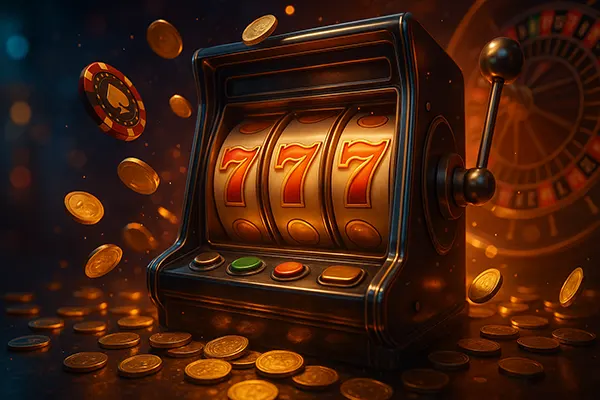Master the Game of Razz Poker

Razz Poker, a unique variant of the classic game, turns the traditional rules of poker on their head. Instead of aiming for the highest-ranking hand, players strive for the lowest possible hand, making it a fascinating and strategic twist on the usual gameplay. Originating in the early 20th century, Razz has gained popularity for its simplicity and the different skill set it demands. This guide will walk you through the essential rules, strategies, and tips for mastering Razz Poker.
Understanding the Basics of Razz Poker
Razz Poker is a form of stud poker where the lowest five-card hand wins the pot. Each player is dealt seven cards, with the best (lowest) five-card hand being used to determine the winner. Unlike other poker variants, flushes and straights do not count against the player’s hand, and aces are always low. The game is played with a standard 52-card deck and usually accommodates up to eight players. Players begin with an ante and receive two down cards and one up card to start the game. The player with the highest up card must “bring in” the betting with a forced bet.
Starting Hands in Razz Poker
Selecting the right starting hands is crucial in Razz Poker. Ideally, you want to begin with low, unpaired cards, such as A-2-3, which gives you a strong chance of forming a low hand. Pairs, face cards, and high-value cards should generally be avoided, as they decrease your odds of winning. Observing the up cards of other players can provide valuable insights into their potential hands, allowing you to make informed decisions about whether to stay in the game or fold early.
Betting Rounds and Strategy
Razz Poker features five rounds of betting, similar to other stud poker games. The first betting round occurs after the initial deal, followed by additional rounds after each new card is dealt. Understanding betting dynamics and the tendencies of your opponents is essential. Aggressive play can be advantageous, particularly if you have a strong starting hand. However, it’s crucial to remain flexible and adjust your strategy based on the cards revealed by your opponents throughout the game. Calculating the odds and potential hands is key to making smart bets.
Key Strategies for Winning at Razz
Success in Razz Poker often hinges on patience and the ability to read your opponents. Since the objective is to achieve the lowest hand, it’s important to be conservative in your approach, folding early if your hand doesn’t look promising. Observing the cards shown by your opponents and making educated guesses about their potential hands can give you a strategic edge. Bluffing, while less common in Razz due to the visibility of many cards, can still be effective in the right situations, especially against overly cautious players.

Common Mistakes to Avoid
New players to Razz often make the mistake of playing too many hands or overvaluing mediocre hands. It’s essential to be selective with your starting hands and avoid committing to the pot unless you have a strong chance of winning. Another common error is not paying enough attention to the up cards of other players. Failing to track which cards are still in play can lead to misjudgments about the strength of your own hand or the likelihood of your opponents improving theirs.
Advanced Techniques for Experienced Players
For those looking to elevate their Razz game, mastering advanced techniques such as card removal and reverse card reading can be highly beneficial. Card removal involves keeping track of which cards are already out of play, allowing you to make more accurate predictions about the hands of your opponents. Reverse card reading, on the other hand, involves analyzing what cards are likely to remain in the deck based on what has been revealed. These skills require practice but can significantly enhance your strategic play and increase your chances of winning.



